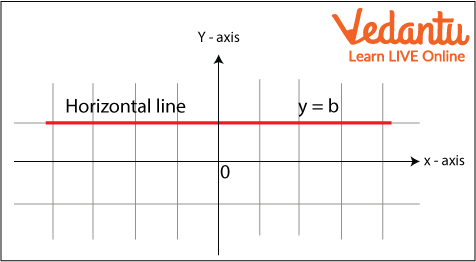




Overview
How to Draw Line Graph in Statistics
It’s a graph that uses lines to connect individual data points from one to another. A line graph shows the quantitative values over a specified time interval.
In line graphs, the "markers" for the data points are connected by straight lines. Visualization is aided by the straight lines connecting these data points. Although line graphs are used in a wide range of industries and for a variety of reasons, they are particularly useful when it comes to creating a graphical representation of changes in values over time.
Types of Line Graphs
The line graphs can be divided into several groups:
1. Simple Line Graph: Only one line is plotted on the graph.
2. Multiple Line Graph: More than one line is plotted on the same set of axis. A multiple-line graph can help us to compare similar or different items over the same period.
Vertical Line Graph
Vertical line graphs are graphs in which a vertical line extends from each point of the data point down to the horizontal axis of the graph.

Vertical Line Graph
Horizontal Line Graph
Horizontal line graphs are graphs in which a horizontal line extends from each point of the data point parallel. A horizontal line graph is sometimes also known as row graph.

Horizontal Line
Different Terms of Line Graph
Title: The title tells what we are showing in the graph.
Scale: The scale is the numbers that explain the units taken on the linear graph.
Labels: Both the side and the bottom of the linear graph have a label that which data is represented on the given graph. The X-axis tells the data points on the line and the y-axis shows the numeric value for each point on the line.
Bars: They measure the data number.
Data values: They are the actual numbers represented for each data point.
How To Draw a Line Graph
Steps of Construction of Line Graph:
On a graph, draw two lines perpendicular to each other intersecting at point O. Mark points at equal intervals along the x-axis and writes the names of the data items whose values are to be mentioned.
Along the y-axis, choose an appropriate scale considering the given values.
Now, make the points
Join each and every point with the point using a ruler. Thus, a line graph is a ready

Example Graph
Line Graph in Statistics
A line graph is a tool used in statistics to analyze the trend of data that changes over a specified period of time. Here the time and data are represented on the x-and-y-axis. It is also known as a line chart.
Line Frequency Diagram

Line Frequency 1
In the above diagram you can see that the lines are not straight. It's because the data is not in the pattern when data is not in a pattern or you can say in a sequence that time the diagram turns out to be like frequency. That's why it’s called a frequency line diagram.
Line Graph Examples
Question: A bookstore created a line graph of how many books it sold each week during a specific time period. Determine how many fewer books were sold in week 8 than in week 7 using the data from the line graph above.

Week Sale Graph
Solution:
Number of books sold in week 7 = 90
Number of books sold in week 8 = 10
So, the difference = 80
Therefore, there were 80 fewer books sold in week 8 as compared to week 7.
Solved Questions
1. The following table gives information on the sum scored by McKay in 10 matches. Represent this online graph.

McKay Graph
2. Mobile phones sold by a shop in some week are as follows:
Represent the above data by using a line graph.

Mobile Phone Sold Graph
Summary
In this chapter we have studied the line graph, what is line graph, and how to draw and we have also studied the terms included in the graphs. We have solved various examples and questions to understand it better. Line graphs are frequently used in the financial industry to produce visual representations of values over time, including variations in security prices, financial statements from businesses, and histories of significant stock indices.
Line graphs can be compared with other visualizations of data like bar charts, pie charts, etc.
FAQs on How to Draw Line Graph
1. What are the disadvantages of line graphs?
When there are too many lines plotted on the graph, it becomes crowded and difficult to read.
It is difficult to plot a large range of data on a line graph.
They are most suited for summarising data with numerical values, such as the total amount of rainfall in a certain month.
2. What is the essence of a line graph?
It is crucial to understand that every line graph has to include a title section. A line graph has two axes, called the x and y axes. On the x-axis of a line graph, the events and categories that need to be compared for a certain time should be taken. The scale, which conveys the data and is set up into predictable intervals, is described by the y-axis.
3. What do you mean by compound line graph?
Similar to a multiple-line graph, a compound line graph makes use of numerous variables. However, to display the overall quantity across all variables, the variables are frequently piled on top of one another.









